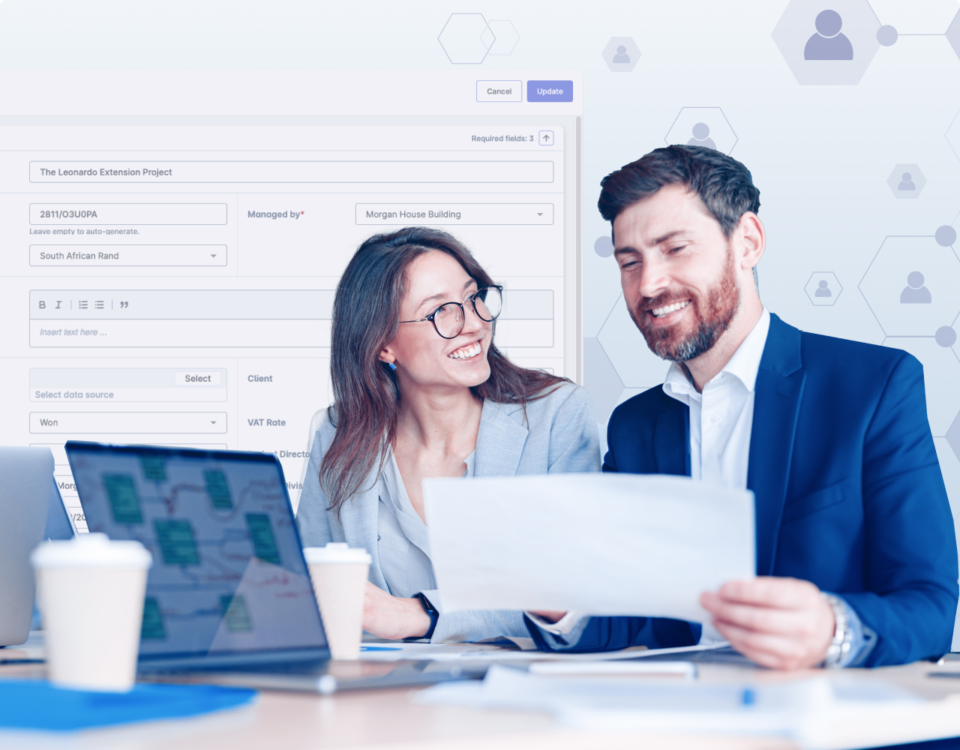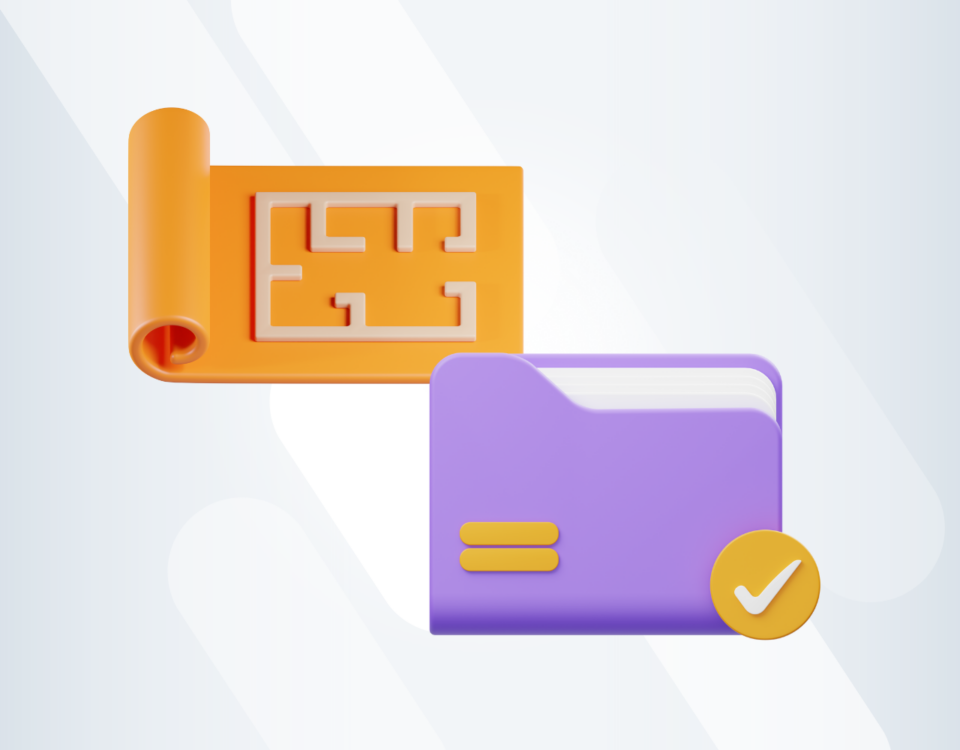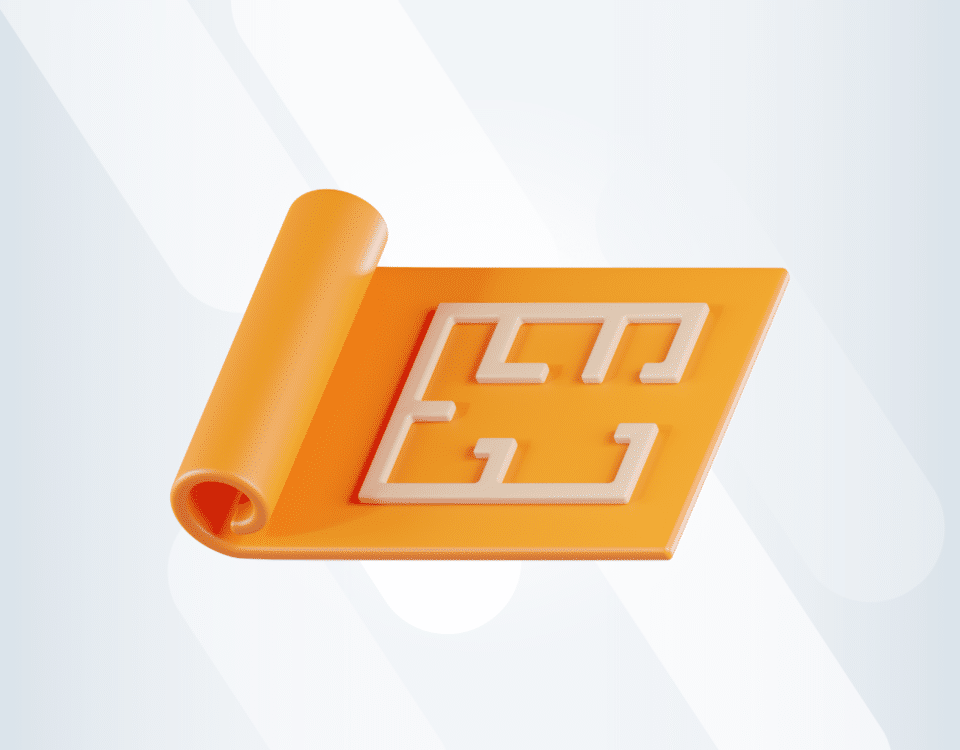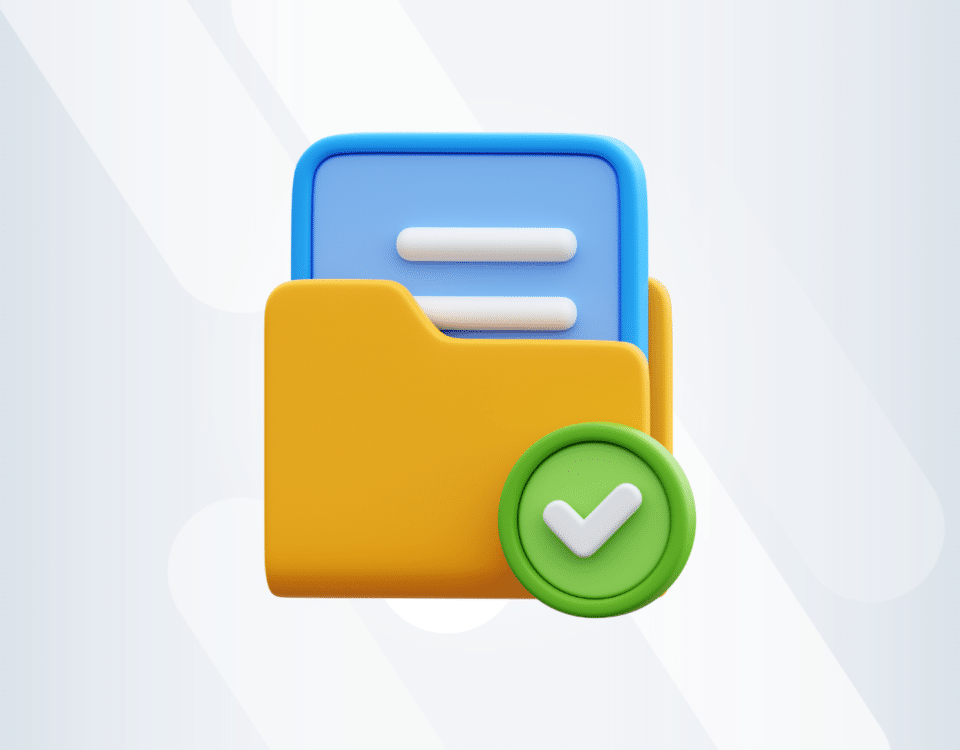Construction Tips, News & Best Practices
South African Mining and The Adoption of Emerging Technologies
Safety and cost reduction are mining companies biggest priorities. As they go hand in hand and here is where it lies the need for a different approach to increase efficiency. Modernisation of the mining industry supports companies for both achievements with more efficiency. Do not miss the tips for better ROI!
Safety is the first operation priority for most mining companies, followed by reducing project costs. Quite often these 2 points go hand in hand and here is where it lies the need for a different approach to increase efficiency.
A report by the Chamber of Mines of South Africa (CoM) estimates the application of safety stoppages, in accordance with Section54s of the Mine Health & Safety Act, 1996 (MHSA), cost the mining industry R4.84bn in lost revenue in 2015. These losses exclude the cost of mineworkers who have to be paid while the mine sits idle, and the other costs incurred, or the cost of restarting shafts. The average revenue loss per stoppage per operation is about R13m.
Modernisation of the mining industry provides great benefits for cost-saving and safety objectives.
The process of mining has not changed much since its inception. We continue to explore, survey, develop, drill, blast, load and haul out of open cast or underground mines; process and refine through the plant area; stockpile and transport to ports for shipping and finally rehabilitate.
Most mining companies are known to have an array of technical and other legacy systems working in isolated in silos. Not only this represents a lost of money due to the lack of efficiency, it also makes the process more painfully burocratic and complicated for the lack of integration and connection. When there is no central point of communication and project information many othe problems emerge.
On the other flow there are the leading mining companies, which advanced from basic plant to automation systems and modern enterprise resource planning (ERP) systems. The market show follow their example of success and look to emerging technologies to support their digital transformation together with the organisational and business model transformation to continuously ensure:
- Removal of people from harmful conditions
- Real-time information and insights for data-driven decision
- Communication improvement
- Operation efficiency
- Project control and safer working conditions
- Sustainable mining
- Employees’upskilling as part of progressive mining communities
As all revolutions that bring change, the technology revolution has accelerated ideas and made it easier the tech adoption. Prices are now accessible and technology improvement grows steadily. South African mines that embraced the disruptive approach towards mining transformation, have moved from being digital laggards to digital-first adopters. They started their journey towards the mine of the future. This will enables their business to seamlessly integrate the virtual and physical operations for better performance and higher profits.
Technology for a Better Mining Industry
Using remotely-piloted drones for surveying of opencast mines is a common example emerging technology adoption. Other great examples of new technologies that support the marke tmain goals are autonomous drilling, proximity devices, driver’s fatigue level monitoring device, collision awareness systems for mine vehicles and trucks, cloud storage and systems as well as mobility solutions.
The list of emerging technologies for more efficiency is large, from one single point of improvement to many with the same solution. Modern mining companies have them on its radar or are already piloting some as part of their digital transformation roadmap. These include machine learning, virtual and augmented reality, artificial intelligence, smart sensors, 3D printing, blockchain, robotic process automation, big data analytics (BDA), the Internet of Things (IoT), renewable energy sources and next-generation ERP solutions.
These technologies are usually driven at a single line-of-business level, missing the opportunity to deliver value across the business by solving different problems. A typical example is using drones at mine level for pit surveying and mine planning only. Meanwhile the same technology could successfully be used more widely for security monitoring (perimeter monitoring), detection of gas emission in the pit, identification of safety transgressions using machine learning, video surveillance ensuring all personnel evacuated from the pit during a blast or of mass protest action outside mine entrances. Hence, drones can be a valuable investment to be leveraged by the mine’s HSSE department as well. These additional non-core uses of the technology are frequently overlooked resulting in low return on investment, duplication of effort and a higher cost for new technologies adoption.
Moreover, throughout the years, very few mining companies have developed a data strategy and architecture that enables data sharing, master data management and systems integration. Most still deal with large volumes of data sitting in various systems. Once more, the miope perspective results in new technology adoption just adds to the silo-based data legacy.
When digital technologies are integrategral part of the process, thought strategically for business efficiency, their combined effect produces far greater benefits to an organisation than when operating in isolation. In addition, this structured use also reduces to redundancy cost as we as the time loss.
If you are considering to implement new technologies at your mining company, do consider the point below:
- What problems can be solved with it?
- Can different teams benefit with this solution?
- Does it integrates with my other systems?
- Does it have an easy communication roadmap?
- Can we easily access the information it brings to our business?
- How much time and money do we spend today with the process we are willing to change with it?
You might also like
February 29, 2024 • 7 min read
Utilizing the human-first approach to construction projects to drive higher results.
July 3, 2023 • 6 min read
8 Best Construction Drawing Management Software (2023): A Comprehensive Guide
Find all the information you need about the construction drawing management software tools available on ...June 14, 2023 • 6 min read
The 11 Best PlanGrid Alternatives (2023)
Looking for a great alternative to PlanGrid software? Check out the 11 best construction software tools ...June 14, 2023 • 4 min read
How to win at CIS 340 and make taxes a breeze
CIS 340 is a legal obligation for contractors. But getting it right isn’t straightforward. Want ...





